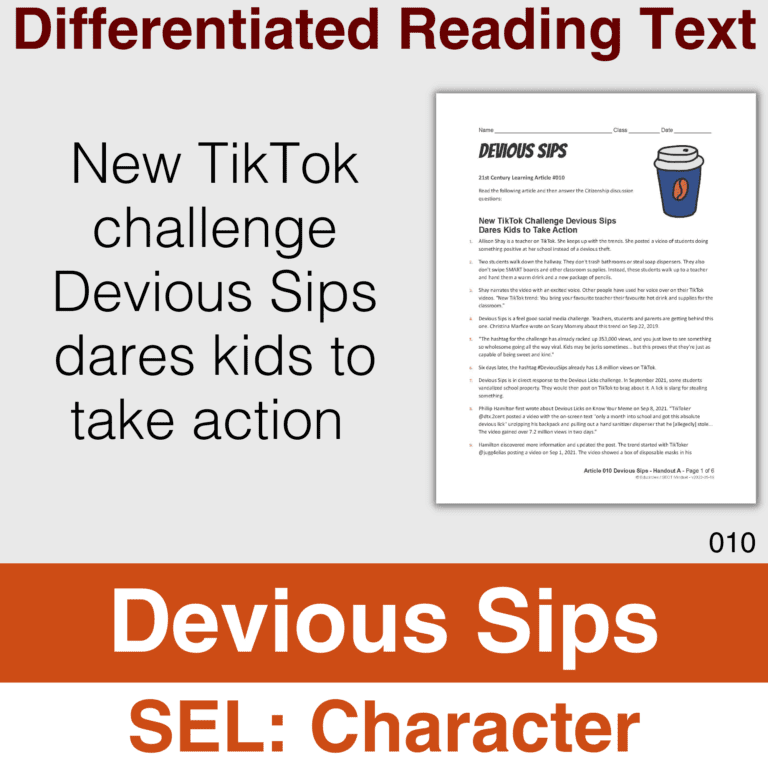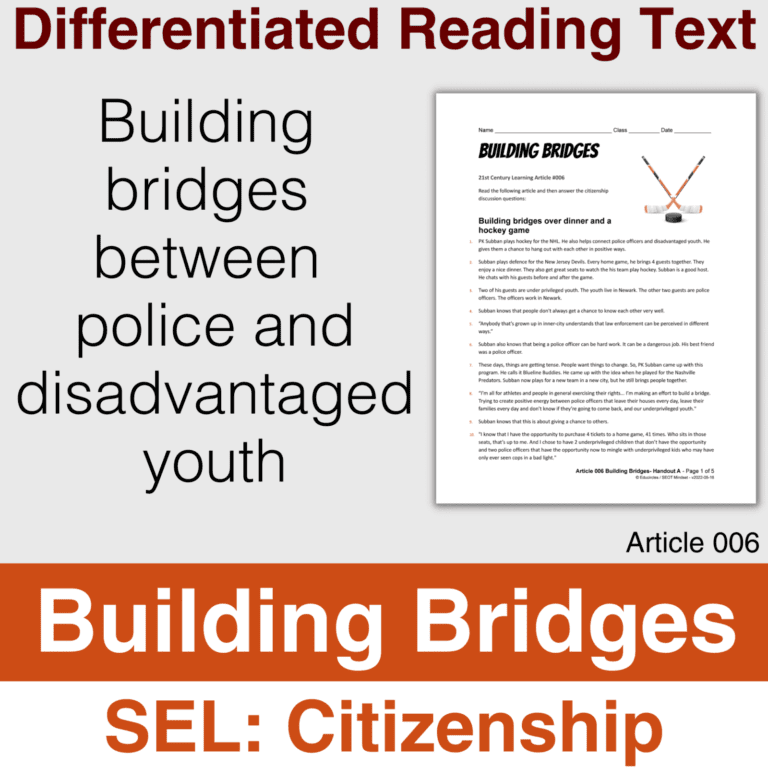Devious Sips, TikTok trends, and Active Citizenship
Reading comprehension article handout (differentiated Gr 5, 7, 9, 11) about COLLABORATION and how diverse leadership can help.
Annamie Paul was the first Black person to be the leader of a federal political party in Canada. She won the leadership race for the Green Party of Canada in October 2020.
The take-away message is that collaboration happens when you have a group of people working together towards a common goal or objective, and they create something new:
it could be a new solution to a problem, a new understanding of an issue, or a new plan to reach a goal.

